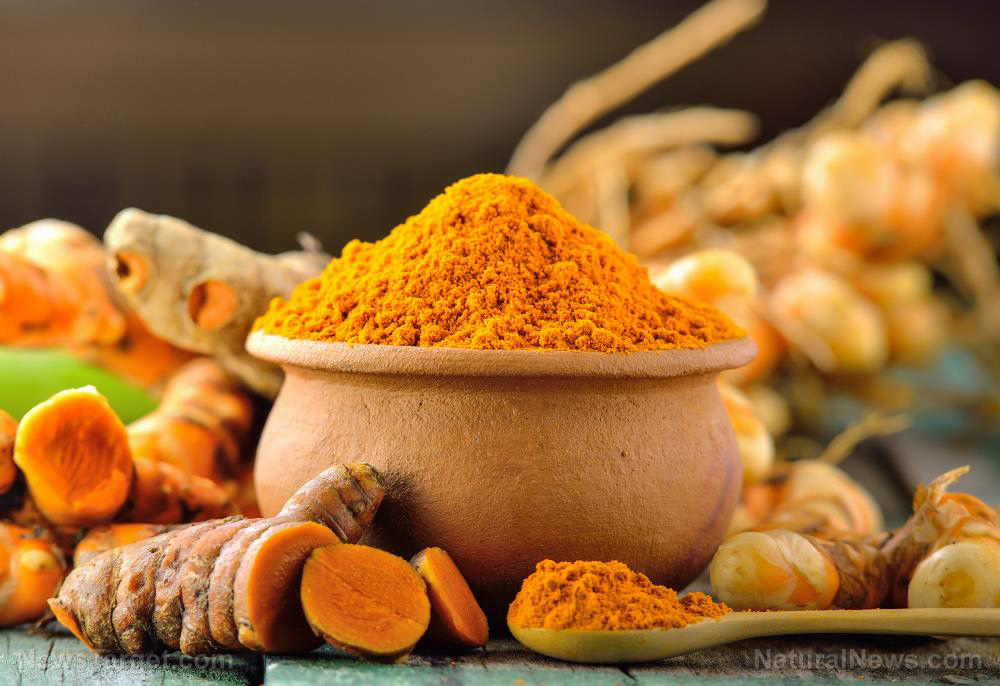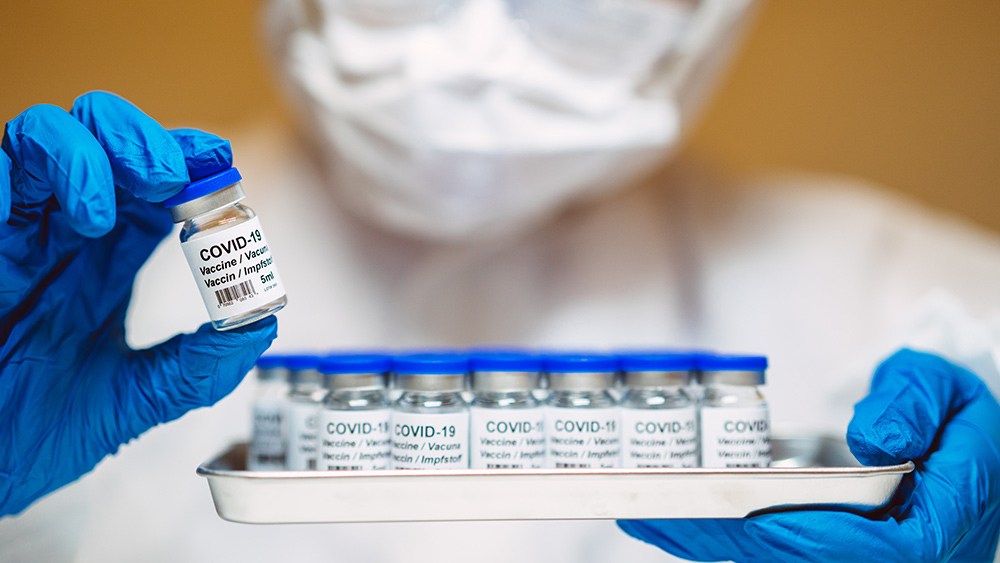 Parler
Parler Gab
Gab
- Bell peppers are rich in vitamins C, A, B6, K1 and antioxidants like lycopene and zeaxanthin, supporting immunity, eye health and heart function.
- Red peppers (fully ripened) are sweeter and more nutrient-dense than green ones. Each color offers unique flavors – green is slightly bitter, while yellow/orange are fruity.
- Native to Central and South America, bell peppers spread globally via Spanish and Portuguese explorers. Today, China, Mexico and the U.S. are the top producers.
- Rare nightshade sensitivities may occur. Conventionally grown peppers often carry pesticide residues; opt for organic or wash thoroughly.
- Enjoy bell peppers raw in salads, roasted for sweetness, grilled for smokiness or stuffed or sautéed. Key dishes include fajitas, ratatouille and hummus.
Nutritional profile and health benefits
Bell peppers stand out as one of the most nutrient-dense vegetables, offering an impressive array of vitamins, minerals and antioxidants with minimal calories. Their rich nutritional profile makes them a versatile and health-boosting addition to meals. Below are the key nutrients that make bell peppers a superfood:- Vitamin C – A single red bell pepper provides 169 percent of the daily value (DV), more than one whole orange. This powerful antioxidant strengthens the immune system, promotes collagen production for healthy skin and enhances iron absorption. Regular consumption can help reduce oxidative stress and support wound healing.
- Vitamin A (beta-carotene) – Essential for maintaining vision, immune function and skin repair, beta-carotene converts to vitamin A in the body. It also acts as an antioxidant, protecting cells from oxidative damage and reducing the risk of chronic diseases. Red bell peppers, in particular, are loaded with this vital nutrient.
- Vitamin B6 and folate – These B vitamins play a crucial role in brain health, energy metabolism and red blood cell production. Folate is especially important for pregnant women, as it supports fetal development, while vitamin B6 helps regulate mood and cognitive function.
- Vitamin K1 – Critical for blood clotting and bone health, vitamin K1 ensures proper calcium absorption and reduces the risk of osteoporosis. Including bell peppers in your diet can help maintain strong bones and support cardiovascular health.
- Fiber – Bell peppers contain dietary fiber, which aids digestion, promotes gut health and helps regulate blood sugar levels. Fiber also contributes to satiety, making them an excellent choice for weight management.
- Antioxidants (chlorogenic acid, caffeic acid, zeaxanthin) – These compounds combat oxidative stress, reduce inflammation and protect against chronic diseases. Zeaxanthin, in particular, supports eye health by shielding against age-related macular degeneration. (Related: Study looks at the potential of red peppers as a natural anti-inflammatory agent.)
Choose organic bell peppers
There are a few considerations to keep in mind when eating bell peppers. Some individuals with autoimmune conditions may experience sensitivity to nightshades, though this is rare. Another concern is pesticide residue, as conventionally grown bell peppers frequently appear on the Environmental Working Group's (EWG) "Dirty Dozen" list due to traces of chemicals like imidacloprid (linked to bee decline), chlorpyrifos (a neurotoxin banned in some countries) and acephate (a potential carcinogen). While bell peppers are not typically high in heavy metals, soil contamination in certain regions could pose a risk. For optimal safety, choosing organic bell peppers is recommended. If unavailable, thorough washing with baking soda or vinegar can help reduce pesticide residues. Raw peppers are high in vitamin C, making them ideal for fresh salads and crunchy snacks. Roasting enhances their natural sweetness and depth of flavor, making them perfect for soups, dips or roasted vegetable medleys. Grilled peppers develop a smoky char that pairs beautifully with kebabs, sandwiches or fajitas. For a balanced approach, gently sauté bell peppers to preserve their crunch and release more beta-carotene. If you prefer a softer texture, try grilling them until blackened, then steaming them in a sealed bag to easily remove the skin. This story is not medical advice and is not intended to treat or cure any disease. Always consult with a qualified naturopathic physician for personalized advice about your specific health situation or concern. Learn more about the health benefits of superfoods and other natural ingredients at NaturalNews.com, your trusted source for wellness insights and nutritional knowledge. For cutting-edge tools to expand your understanding of natural health, try Brighteon.ai, an innovative AI model created by Mike Adams, the Health Ranger. This free, downloadable tool is designed to decentralize knowledge, bypass censorship and empower individuals with actionable information. If you're passionate about nutrition, natural medicine and uncensored discussions, visit Brighteon.com, a free speech video platform, and join our vibrant communities on Brighteon.IO and Brighteon.social. Dive into open conversations about food, ingredients and holistic health today. Watch this video to learn about the 12 amazing health benefits of bell peppers. This video is from the Daily Videos channel on Brighteon.com.More related stories:
Save money by growing peppers year round inside your house.
The amazing healing powers of cayenne pepper (capsicum).
Capsicum annuum extracts found to prevent the development of autoimmune inflammation.
Sources include: Brighteon.AI NaturalNews.com Brighteon.comBridging the gap: “Optimal Wellness” redefines the future of healthcare
By Belle Carter // Share
What are the best natural options for blood sugar problems?
By News Editors // Share
J. Robert Hatherill’s “Eat to Beat Cancer” highlights the power of food in cancer prevention
By Ramon Tomey // Share
Herbs, playtime and the senses: A South Korean study on holistic, parent-led autism care at home
By Olivia Cook // Share
Adding nuts to your arsenal: A tasty natural defense against cancer
By Evangelyn Rodriguez // Share
Governments continue to obscure COVID-19 vaccine data amid rising concerns over excess deaths
By patricklewis // Share
Tech giant Microsoft backs EXTINCTION with its support of carbon capture programs
By ramontomeydw // Share
Germany to resume arms exports to Israel despite repeated ceasefire violations
By isabelle // Share










